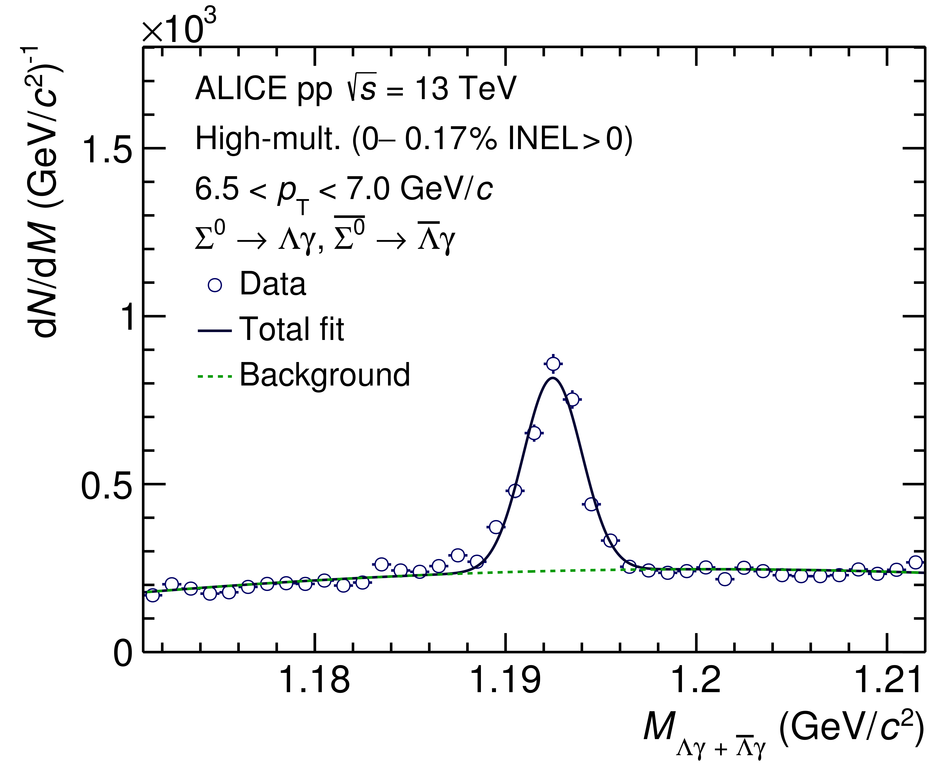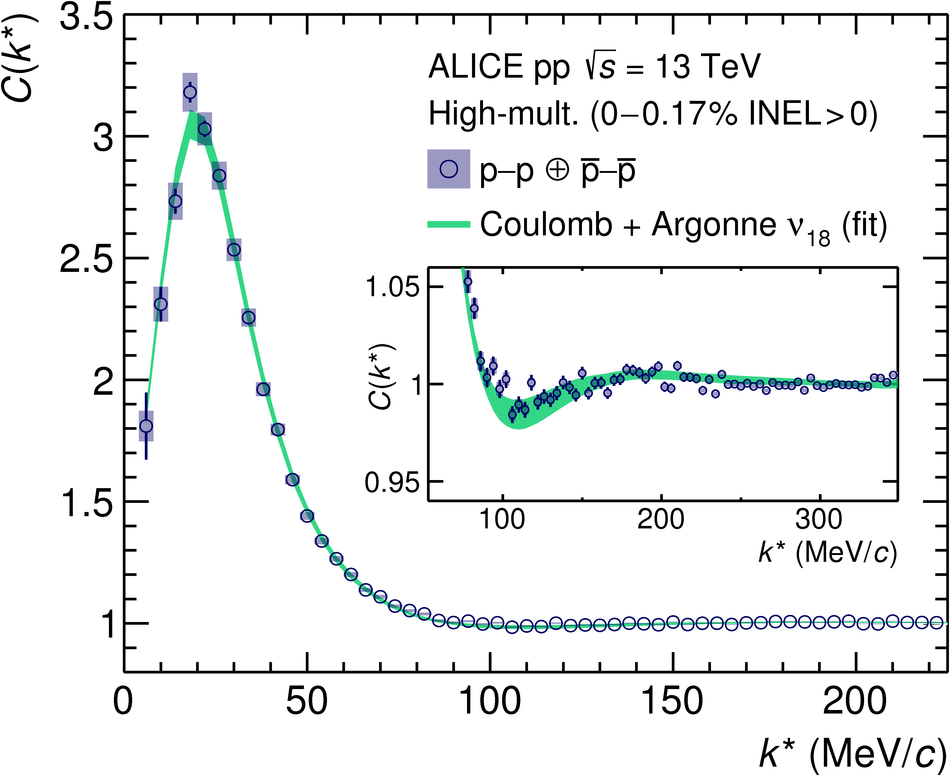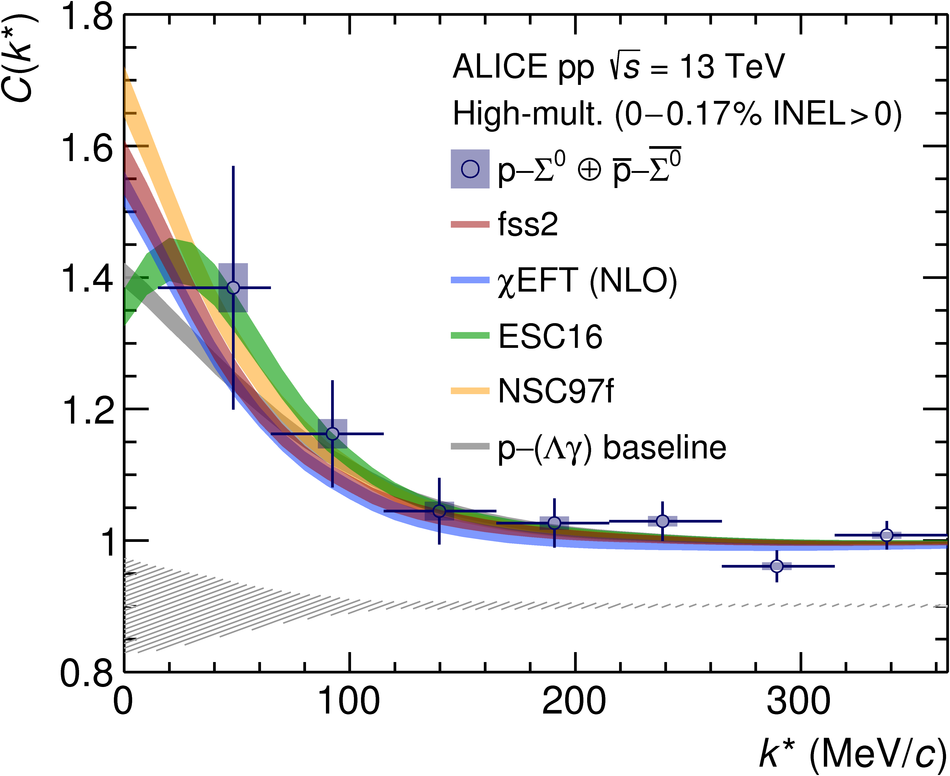This Letter presents the first direct investigation of the p-$\Sigma^{0}$ interaction, using the femtoscopy technique in high-multiplicity pp collisions at $\sqrt{s}$ = 13 TeV measured by the ALICE detector. The $\Sigma^{0}$ is reconstructed via the decay channel to $\Lambda \gamma$, and the subsequent decay of $\Lambda$ to p$\pi^-$. The photon is detected via the conversion in material to e$^{+}$e$^{-}$ pairs exploiting the unique capability of the ALICE detector to measure electrons at low transverse momenta. The measured p-$\Sigma^{0}$ correlation indicates a shallow strong interaction. The comparison of the data to several theoretical predictions obtained employing the $Correlation~Analysis~Tool~using~the~Schr\"odinger~Equation$ (CATS) and the Lednick\'y-Lyuboshits approach shows that the current experimental precision does not yet allow to discriminate between different models, as it is the case for the available scattering and hypernuclei data. Nevertheless, the p-$\Sigma^{0}$ correlation function is found to be sensitive to the strong interaction, and driven by the interplay of the different spin and isospin channels. This pioneering study demonstrates the feasibility of a femtoscopic measurement in the p-$\Sigma^{0}$ channel and with the expected larger data samples in LHC Run 3 and Run 4, the p-$\Sigma^{0}$ interaction will be constrained with high precision.
PLB805 (2020) 135419
HEP Data
e-Print: arXiv:1910.14407 | PDF | inSPIRE
CERN-EP-2019-232




